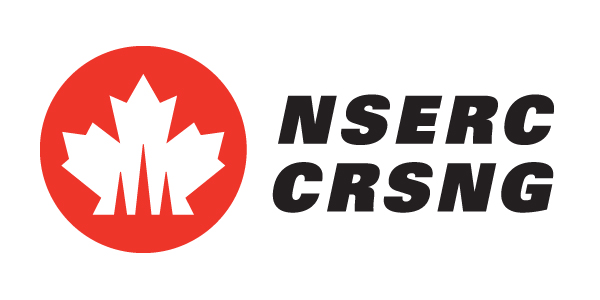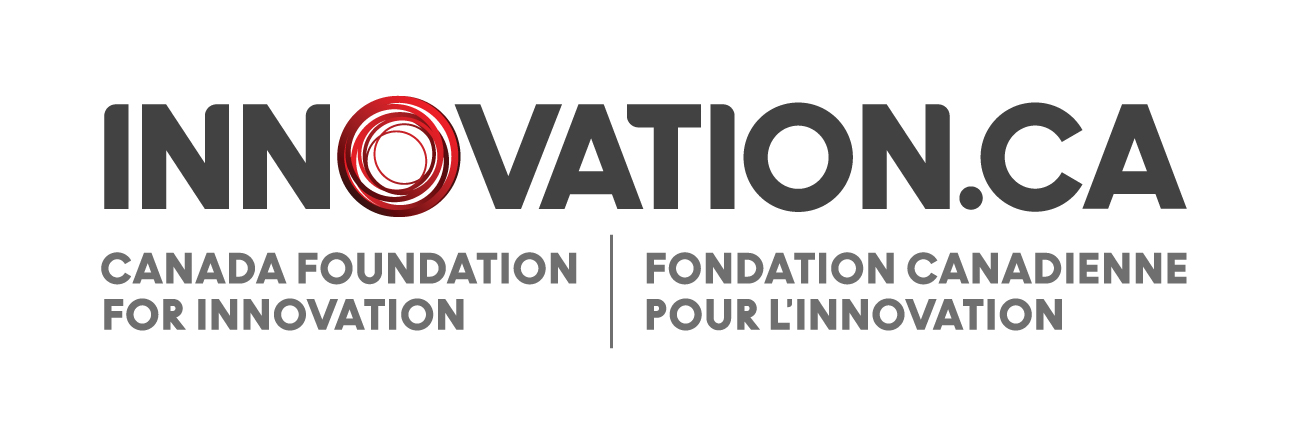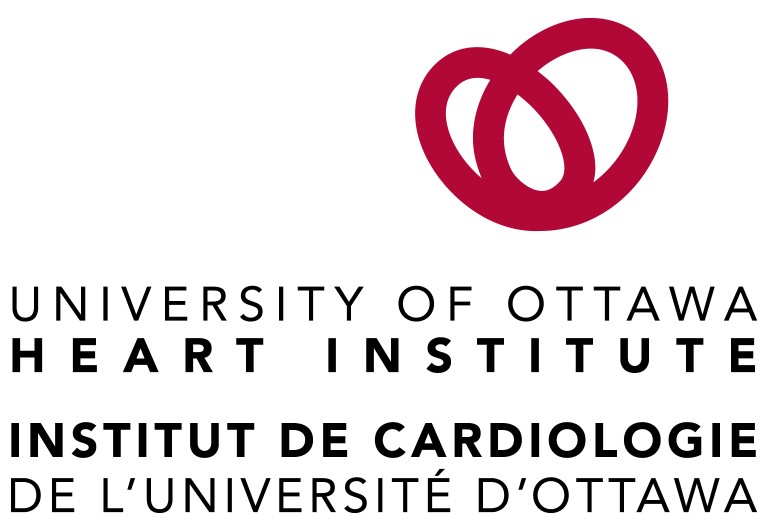Molecular Imaging Probes and Radiochemistry Laboratory
University of Ottawa Heart Institute


Research in our laboratory includes basic science radiochemistry and translational radiotracer development. Our overall goal is discovery and refinement of tools for molecular imaging, principally using positron emission tomography (PET). PET allows for non-invasive, quantitative, and dynamic imaging of biochemical targets, such as receptors or enzymes. A PET radiopharmaceutical can be used to study biochemistry in living systems, diagnose disease, or help in development of medicines and treatment strategies.

The principal isotopes for radiolabeling small molecule PET tracers are carbon-11 and fluorine-18. Due to their short half-lives (20 and 110 minutes, respectively), rapid and efficient chemical reactions are needed to incorporate these into small molecules. Our radiochemistry research currently focuses on preparing new functional groups with carbon-11 by methods that will help us prepare radiopharmaceuticals. We work to discover methods for radiolabeling of challenging functional groups that are commonly found in drugs, natural products, and bioactive molecules. These methods can then be used to make radiolabeled compounds and as a discovery platform for new tracers.
In addition to our carbon-11 work, our lab seeks methods for bioconjugation with an array of imaging isotopes, including fluorine-18 and radiometals. These include improvements to and new applications of existing strategies for peptides, proteins, nanoparticles, biomaterials and other vectors.. This works builds upon radiolabeling expertise to enable biomedical imaging applications.
Imaging probes for targets implicated in cardiovascular disease, neurological and psychiatric disorders, and oncology are needed to better understand these conditions and develop effective diagnostics and treatments. Our lab uses medicinal chemistry and preclinical imaging to develop radiotracers that will be useful for researchers and practitioners in Ottawa and beyond.
Currently, it is difficult to detect and accurately predict plaque instability and rupture in atherosclerosis and it is therefore challenging to identify patients in need of treatment before a serious cardiovascular event. One of our goals is to develop a molecular-targeted imaging probe that will be useful for specifically identifying vulnerable plaque burden at high risk for rupture. This probe will allow us to quantitatively measure the density of enzymes that degrade the fibrous cap of atherosclerotic plaques and contribute to their destabilization and increase the likelihood of rupture and thrombus formation. In addition to diagnosis, the probe to be developed could be used to assist in development of therapies targeting these enzymes and to monitor patient response to treatment.
The Molecular Imaging Probes and Radiochemistry Laboratory features key specialized equipment:
Our laboratory is located at the University of Ottawa Heart Institute to access unique infrastructure:
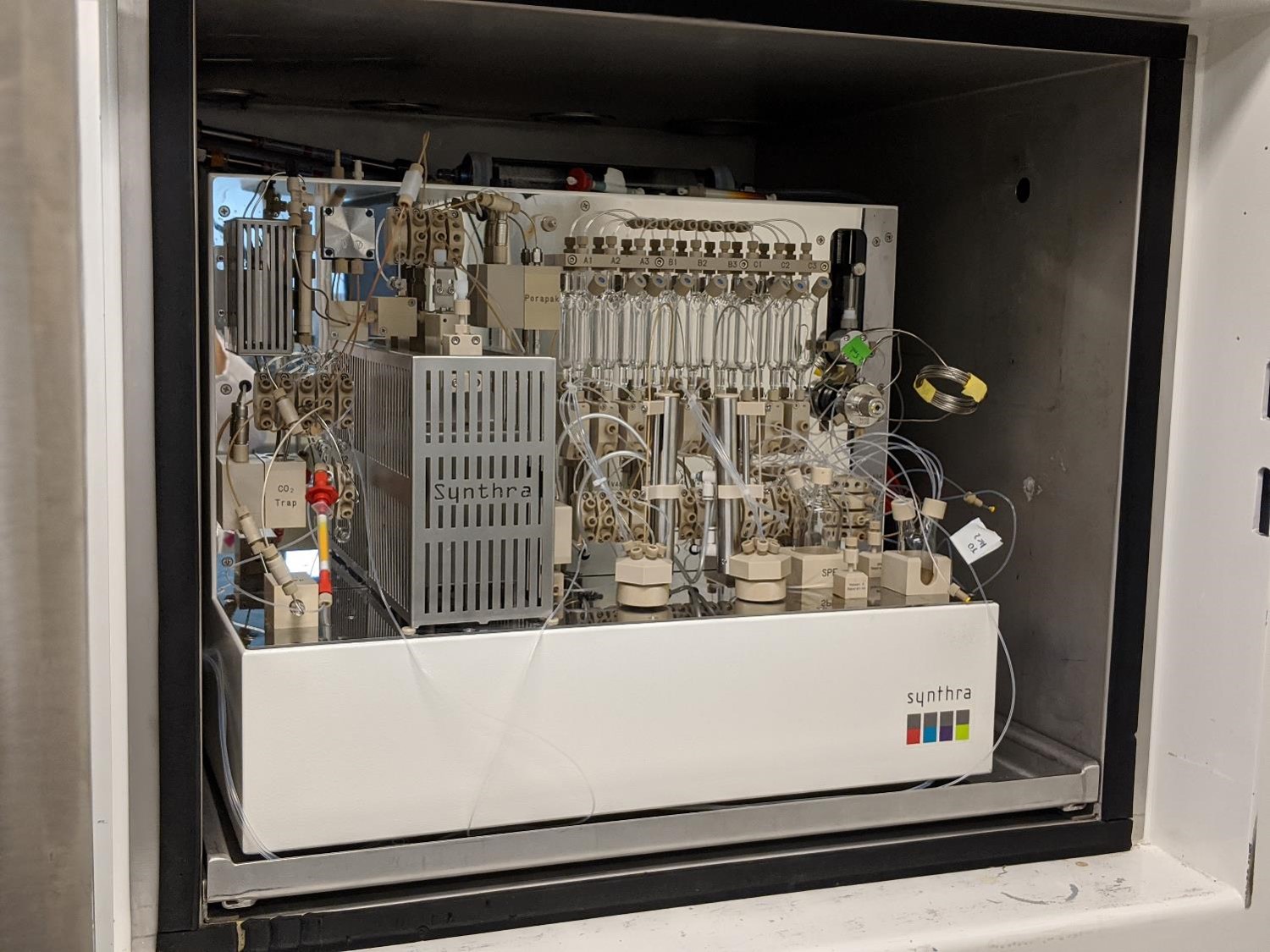
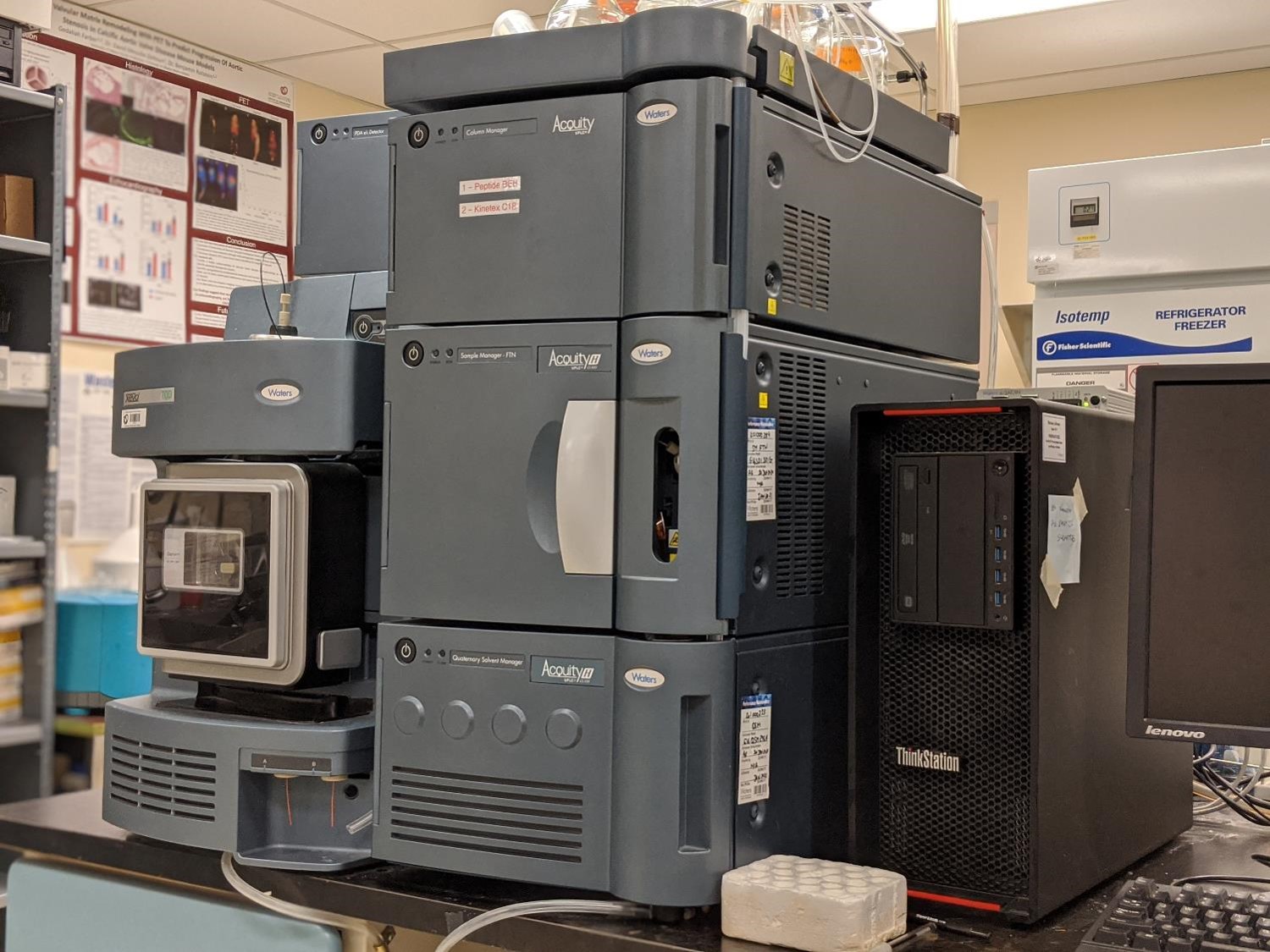
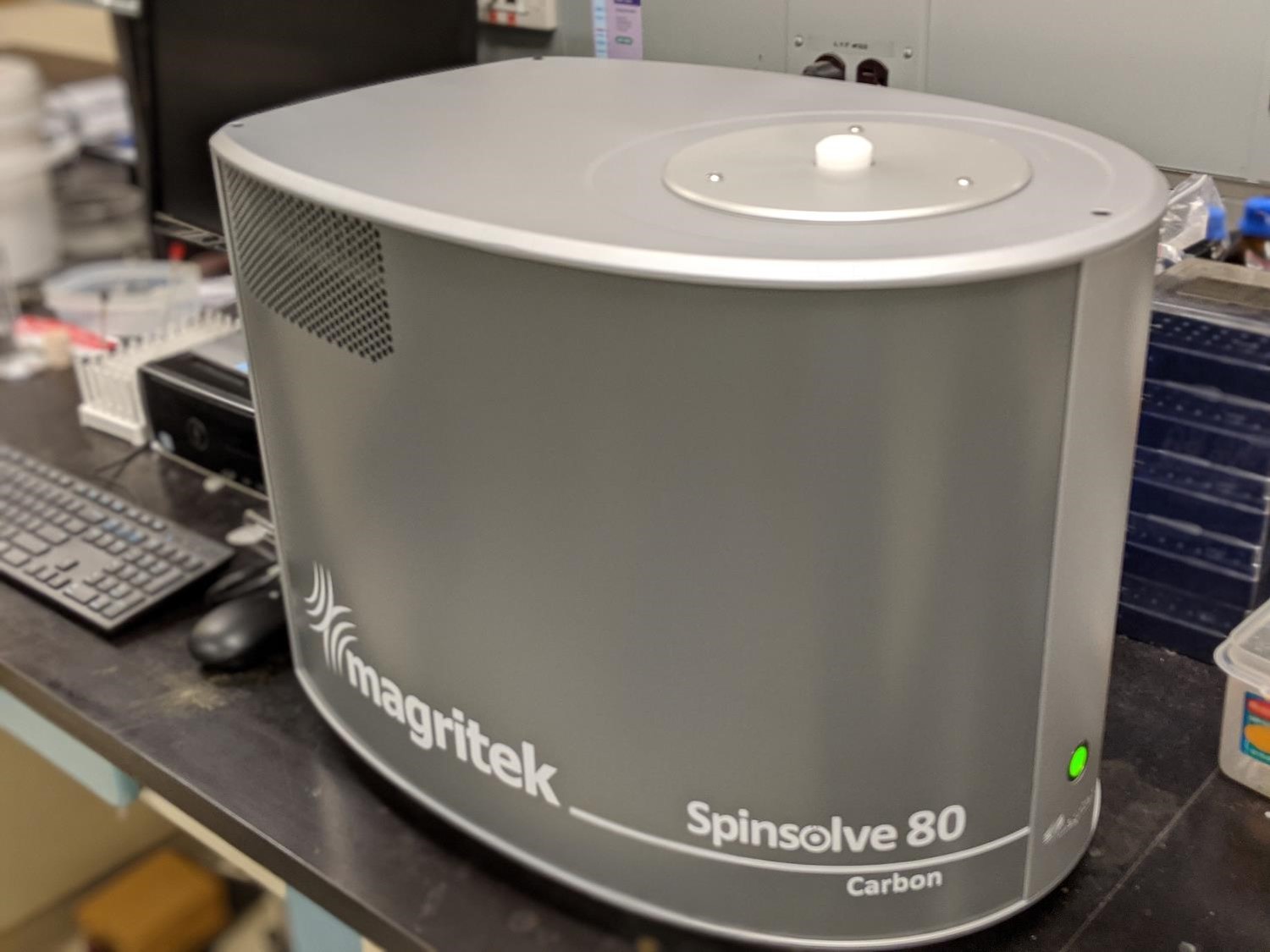
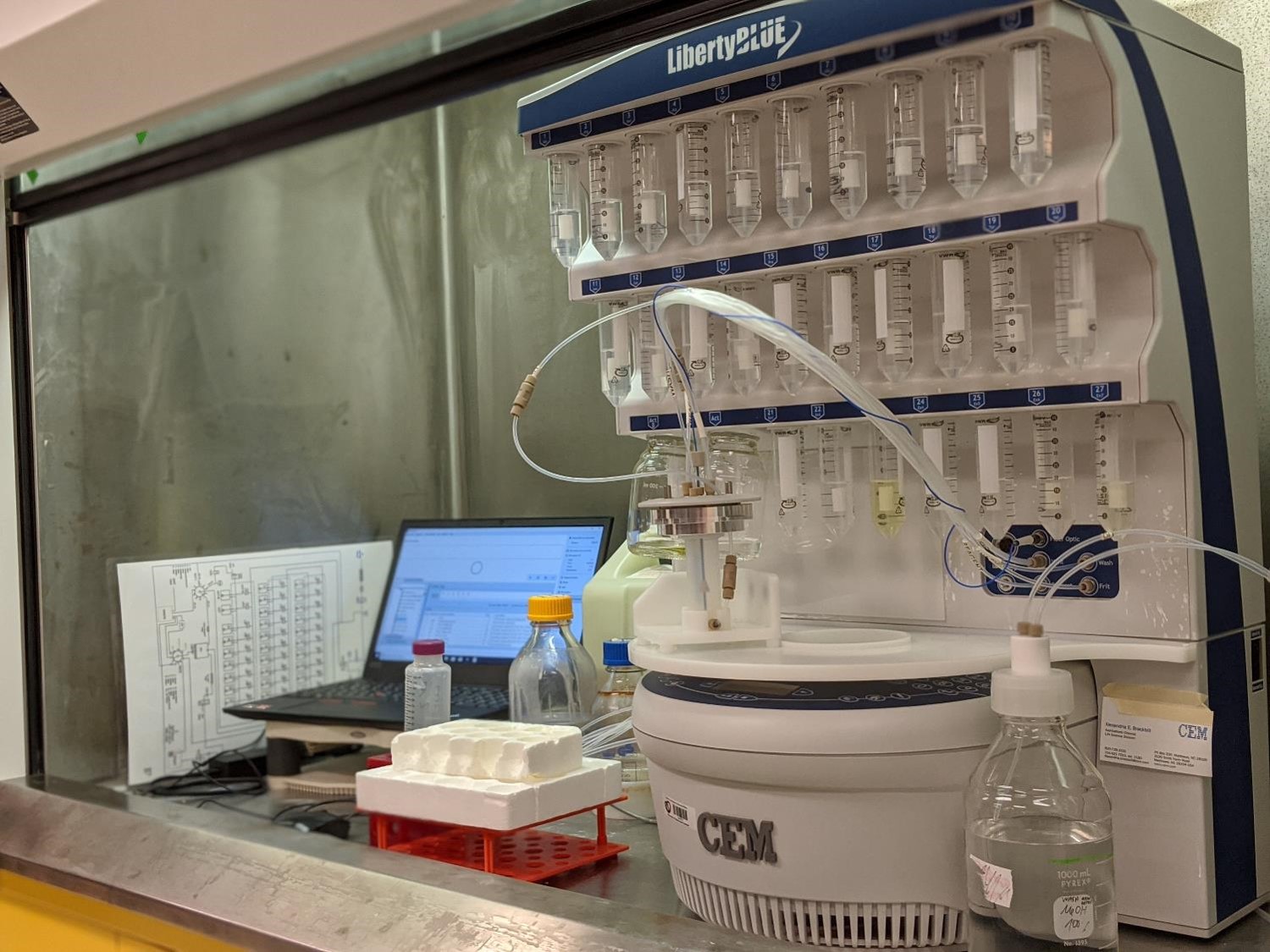
We are grateful to the following organizations for their support of our research and training programs:

